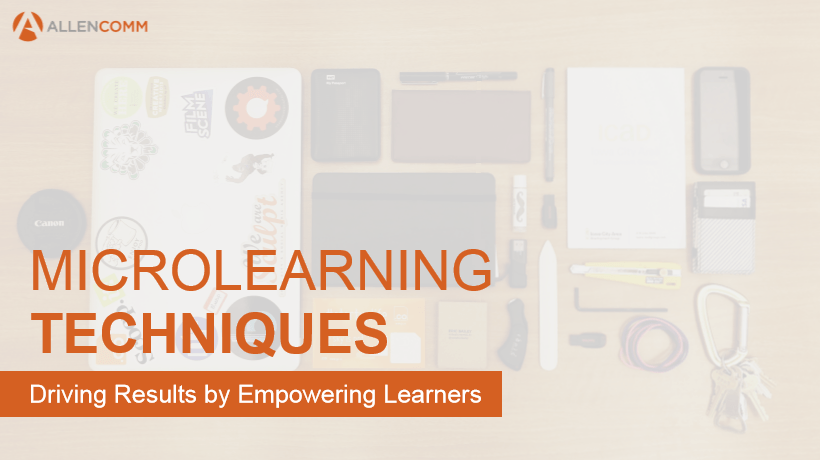September 22, 2016 | Sponsored
5 Ways 3D Learning Games Make Online Training More Effective
Among all digital Learning trends, we decided to focus on one particularly: 3D learning games. This kind of training method will definitely take the learning experience of your employees to the next level. Keep reading to discover why.
by Yann Teyssier











